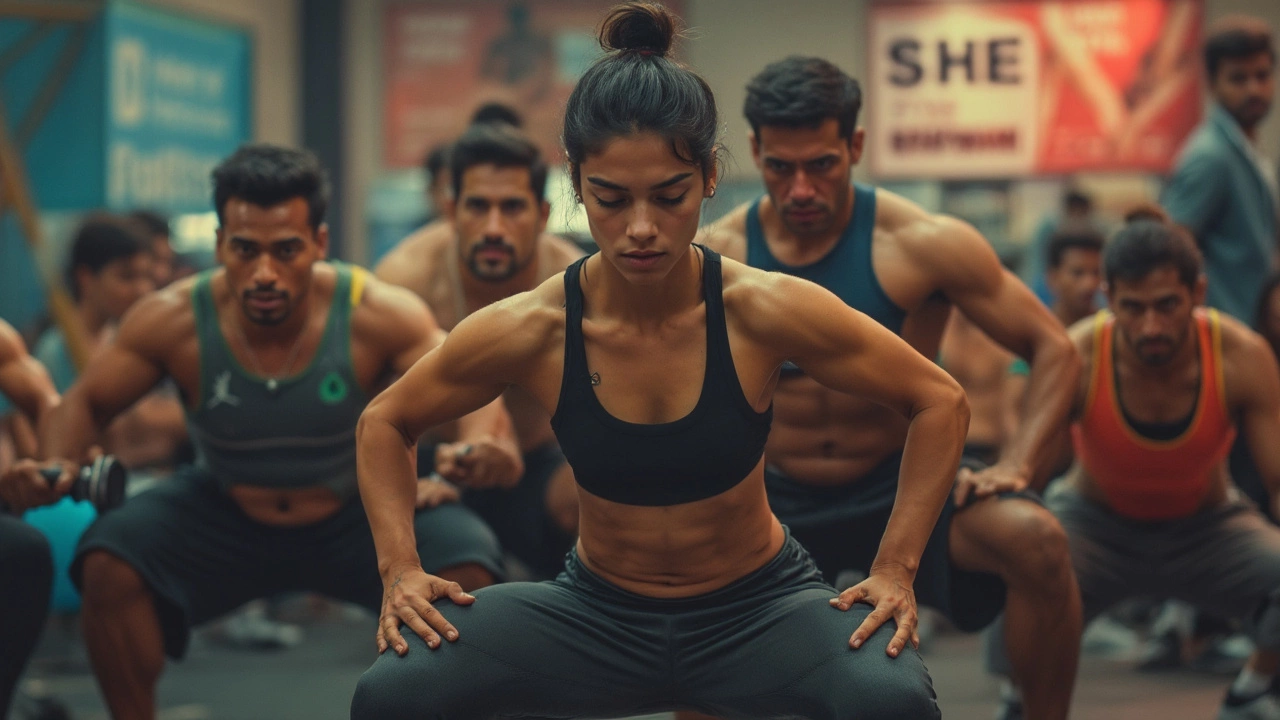Squats: The Ultimate Guide for Strength and Fitness
Squats are the single exercise that hits almost every muscle in your lower body while also training your core and balance. Whether you’re new to the gym or a seasoned lifter, mastering the squat can boost strength, improve mobility, and help you burn calories faster.
Because they’re so effective, squats show up in almost every training program—from bodybuilding splits to sports conditioning. But the benefits only show up if you do them right. Bad form not only wastes effort but can lead to knee, hip, or lower‑back pain.
How to Perform a Perfect Squat
Start with your feet shoulder‑width apart, toes pointing slightly outward. Keep your chest up, shoulders back, and gaze forward. As you inhale, push your hips back like you’re sitting into a chair while bending the knees.
Slide down until your thighs are at least parallel to the floor. Your knees should track over your toes without caving inward. Pause briefly, then exhale and drive through your heels to stand up, squeezing your glutes at the top.Key cues: keep your core braced, maintain a neutral spine, and don’t let your knees go past your toes too far. If you feel pressure on the lower back, lighten the load or work on hip mobility first.
Squat Variations for Every Goal
If plain back squats get boring or you need a specific stimulus, try these variations. Goblet squats hold a dumbbell or kettlebell at chest level – perfect for beginners and for teaching upright posture.
Front squats place the barbell across your shoulders, forcing you to stay more upright and hitting the quads harder. Sumо squats widen your stance and turn the toes out; this hits the inner thighs and glutes from a different angle.
Bulgarian split squats are single‑leg moves that improve balance and fix strength imbalances. To do them, place your back foot on a bench, lower until the front thigh is parallel, then push back up.
For advanced lifters, pause squats (hold the bottom for 2‑3 seconds) build explosive power, while tempo squats (slow down, pause, speed up) increase time‑under‑tension for muscle growth.
Mixing a few of these into your routine keeps training fresh and targets muscles you might miss with just back squats.
When you add squats to a program, start with 2‑3 sessions per week, 3‑4 sets of 8‑12 reps for beginners. More experienced athletes can move to heavier loads with 5‑8 reps, or incorporate plyometric jumps for speed.
Always warm up with body‑weight movements, and finish with a stretch for the hips, hamstrings, and calves. A well‑programmed squat routine will make you stronger, more stable, and look better in jeans.
